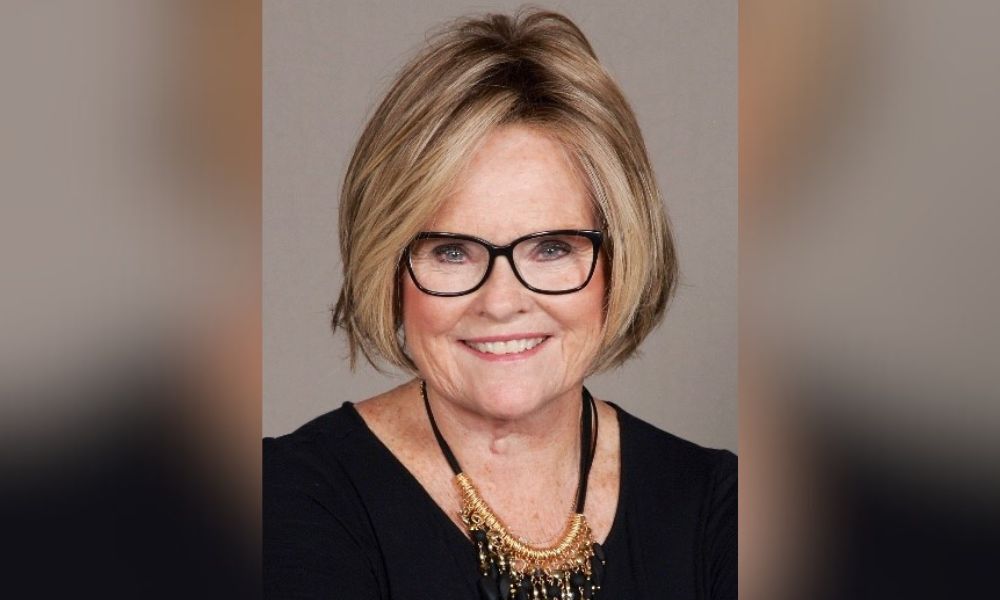Mitigating water damage risks in the home

Mitigating water damage risks in the home | Insurance Business America
Property
Mitigating water damage risks in the home
Carriers are taking action on this costly but highly preventable risk
This article was produced in partnership with Amwins.
Gia Snape, of Insurance Business America, sat down with Kris Zebratski, senior vice president at Amwins Access, to talk about water damage and strategies that homeowners can take to mitigate this peril.
Non-weather-related water damage is the second most common cause of homeowners’ insurance losses, but it’s also one of the most overlooked and misunderstood risks.
Unlike wildfires and hurricanes, the risk of non-weather-related water damage to the home can be easily prevented or, at least, mitigated. However, homeowners often lack the tools and knowledge to help them avoid this disruptive peril.
“A water damage claim is a major inconvenience for homeowners. But the problem is that homeowners often don’t know how to prevent such damage,” said Kris Zebratski (pictured), senior vice president at Amwins Access.
Amwins Access is focused on E&S binding authority placements for small businesses, personal lines, and admitted placement services.
‘Not just pipe breaks’ – types of non-weather-related water damage claims
The most common cause of non-weather-related water damage claims is pipe leaks. These may be triggered by old pipes, aged roofs, freezing, hard water build-up, shifting soil conditions, sump pump failure, and poor installation.
There’s another lesser-known factor that can contribute to water damage: municipal water systems.
“We tend to focus on the correct installation of new plumbing and risk mitigation at the homeowners’ level, but we should also consider water coming into the house and how that affects a home’s plumbing system – new and existing,” Zebratski said.
Older municipal water systems tend to have more irregularities than newer ones, according to Zebratski. One major issue is water pressure.
Zebratski cited a Safeco study on water damage claims from homeowners’ policies several years ago that found that Los Angeles had a greater incidence of water damage claims from pipe breaks than in surrounding counties.
“When they studied the municipal water system, Safeco found that because of the age of the system, there were sudden surges of water pressure,” she said. ”The water pressure inside the homes would increase suddenly, resulting in stress on pipes and fittings.”
Carriers taking action over water damage losses
Preventing water damage is more critical than ever for homeowners as carriers are increasingly being called upon to take action on costly payouts related to these risks.
“Most insurance companies will not insure a homeowner with multiple water damage claims. They might also exclude water damage coverage entirely because it’s such a problem for the industry,” Zebratski said. “This has resulted in some homeowners becoming uninsurable because of multiple water damage claims.”
Higher water damage sub-limits and deductibles are also becoming more common in homeowners’ policies.
“It depends on the age of the plumbing, the size of the house, and other variables, but we’ve seen some carriers set [deductibles] as high as $50,000,” said Zebratski. “We’re seeing even more carriers taking some sort of action, whether it’s raising deductibles, expanding exclusions, or adding sub-limits.”
With insurance premiums increasing due to inflation and the rising cost of claims, Zebratski stressed the importance of raising awareness and mitigating highly preventable water damage losses.
A 2023 survey by The Hanover and Harris Poll found that only 17% of homeowners see non-weather-related water damage as their biggest concern. The same percentage have water sensors in their home, compared to 84% with smoke detectors and 51% with fire alarms.
That’s despite homeowners being seven times more likely to sustain damage from a plumbing leak than a fire, according to the study.
“We always think of these mitigation techniques as being cost prohibitive, but, in reality, they’re not very expensive at all,” Zebratski said.
Mitigating water damage risks for homeowners
The good news is that it is easier and more affordable than ever for insureds to access tools to mitigate the risk of water damage in their home.
Water pressure regulators, pressure reducing valves, and leak detection systems are among the best devices to detect and prevent pipe breaks and leaks.
“The most common mitigation device is a water pressure regulator that a plumber or even the homeowner can install,” Zebratski said.
“The second is a pressure reducing valve that you can install on your water heater, which acts as a second stop-gap measure.”
The regulator is designed to control water pressure inside the system and is an ongoing mitigation tool that maintains a safe pressure level as water enters the home. On the other hand, the valve relieves sudden increases in water pressure coming into the house.
Finally, leak detection systems can recognize a sudden or unusual increase in water pressure or usage in the home and automatically shut off the water flow.
Zebratski said an insured can typically have all three tools in their home for $1,500 or less. These devices can prevent tens or even hundreds of thousands of dollars in damage.
“These are not just mitigation tools for the wealthy,” she said. “They are for anybody who owns a home.”
Related Stories
Keep up with the latest news and events
Join our mailing list, it’s free!






